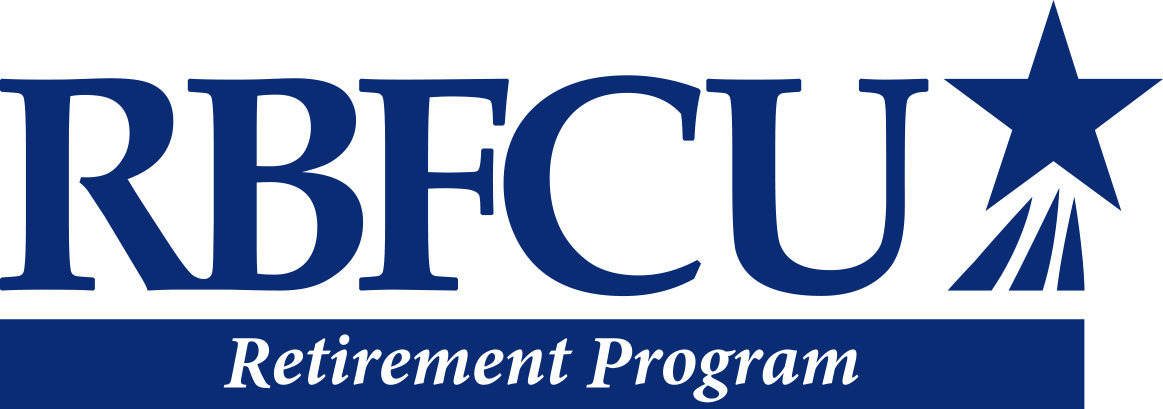What Teachers Want to Know About Retirement
Whether you’re new to the classroom or have enjoyed years of teaching, retirement planning is a subject that all teachers need to know. From understanding how the retirement system works to exploring what your options are for health insurance, there's a lot to consider.

By knowing what to anticipate before, during and after retirement, however, you can make choices that may favorably impact your financial plan for years to come. For deeper insights, let’s share a quick lesson on what Texas school employees (e.g., teachers, administrators, custodians, bus drivers, cafeteria workers) often want to know about retirement.
How do I plan for retirement?
Preparing for your life after teaching is more than just thinking about financial needs. Are you planning to work part time? Do you want to spend most of your time traveling? Knowing what you want your retirement life to look like — and the financial support you’ll need to help that vision become reality — can help you make important decisions.
With that perspective in mind, you can begin to develop your retirement plan.
Whether your classroom exit is far in the future or just around the bend, consider these steps as essential to helping you prepare:
- Reduce your debt and cut unnecessary expenses. This will give you more money to save toward your retirement.
- Pay off high-interest student loans, if possible. Explore loan forgiveness programs that can help you pay down or pay off that debt.
- Know the details of your Teacher Retirement System of Texas (TRS)1 pension benefits. Learn the specifics of retirement eligibility so you can ensure you meet the requirements. Get information on how much you will receive, as well as distribution options available to you.
- Consider ways to supplement your TRS benefits, such as a 403(b) Tax-Sheltered Plan.
What role does my TRS pension play in my retirement?
Serving about 1.9 million teachers and public school employees, TRS is the Lone Star State’s largest public retirement system. Public school employees in Texas are required to participate in TRS, and employees are vested after five years.2
According to the Texas State Securities Board,3 TRS members annually contribute 7.7% of their salary, with the State of Texas contributing another 6.8% of their salary each year. To estimate your potential service retirement benefits, you can log onto MyTRS to access their retirement estimate calculator.4
» Tip: Your TRS retirement annuity does not automatically include cost of living adjustments, so keep that in mind — especially in an era of rising inflation. Plus, note that the monthly payment will be only a percentage of your annual working salary. Translation? Depending on your particular financial situation, you may need to determine additional ways to help fund your retirement.
How might Social Security Retirement benefits impact my Texas teacher retirement?
Although Social Security Retirement benefits are a standard part of many people’s long-range financial plans, most Texas school districts do not pay into Social Security. Consequently, most Texas teachers cannot rely upon Social Security to help fund their retirement.
Moreover, if you qualify for Social Security Retirement benefits from another position or anticipate receiving spousal survivor benefits, it’s possible that your monthly check may be reduced because of your TRS benefits. If that's the case, then it's all the more reason to consider ways to shore up your retirement income.
UPDATE: On January 5, 2025, the Social Security Fairness Act, HR 82, was signed into law. Once implemented, this federal act eliminates the reduction of Social Security Retirement benefits through the Windfall Elimination Provision (WEP) and the Government Pension Offset (GPO) for many public sector employees, including teachers. The Social Security Administration will share updates and answer questions online5 as more information becomes available. Of course, our financial advisors, who specialize in serving Texas educators, can help you explore how these changes might impact your retirement planning.
How can I supplement my retirement income as a Texas educator?
TRS estimates that their benefits only replace about 69%6 of an employee’s pre-retirement income. Thus, for most people, it’s necessary to explore ways to supplement TRS pension benefits. This could include taking on full- or part-time work.
Another popular solution? Planning ahead for retirement by investing in a 403(b) Tax-Sheltered Plan, which functions much like a Traditional 401(k) in that it allows contributions to be made directly from your paycheck. Similarly, Roth 403(b) Tax-Sheltered Plans are also available.
The biggest distinction between the two plans? The former type is deducted from your paycheck before taxes are taken, reducing your taxable income today. (Taxes are paid upon withdrawal, however, typically in retirement.) With a Roth plan, the deduction occurs after taxes are taken out.
» Tip: As with most IRA contributions, there are annual limits on how much money you can place in a 403(b) plan, which could impact the amount you’re able to save through these accounts. Yet, for those over the age of 50, catch-up contributions may be allowed (within certain limits). If any of this is a concern for you, it may be worthwhile to schedule an appointment with a financial advisor to better understand the finer points.
As a teacher, will I have health insurance in retirement?
This is an excellent question, especially since health care costs frequently rise as we age, taking a bigger bite of a retiree’s budget. Currently, Texas offers health insurance coverage to retired school employees (and their dependents) through TRS-Care.7 There are two different health care plans for retirees, which are tied to one’s Medicare status.
» Tip: Six months to a year before you retire, it’s smart to take a closer look at your health care plan options, eligibility requirements and enrollment opportunities.
The takeaway
Although teachers and other school employees lead hectic lives, you owe it to yourself to review factors that may impact your retirement experience, from funding it to ensuring you have the health care coverage you need. By thinking ahead and planning for retirement now, you’ll make it that much easier to transition out of the classroom.
Having dedicated your career to building a future for others, isn’t it time to invest in your own? If you’re a Texas teacher or school employee, trust that the RBFCU Retirement Program is here to help you pave the way.




